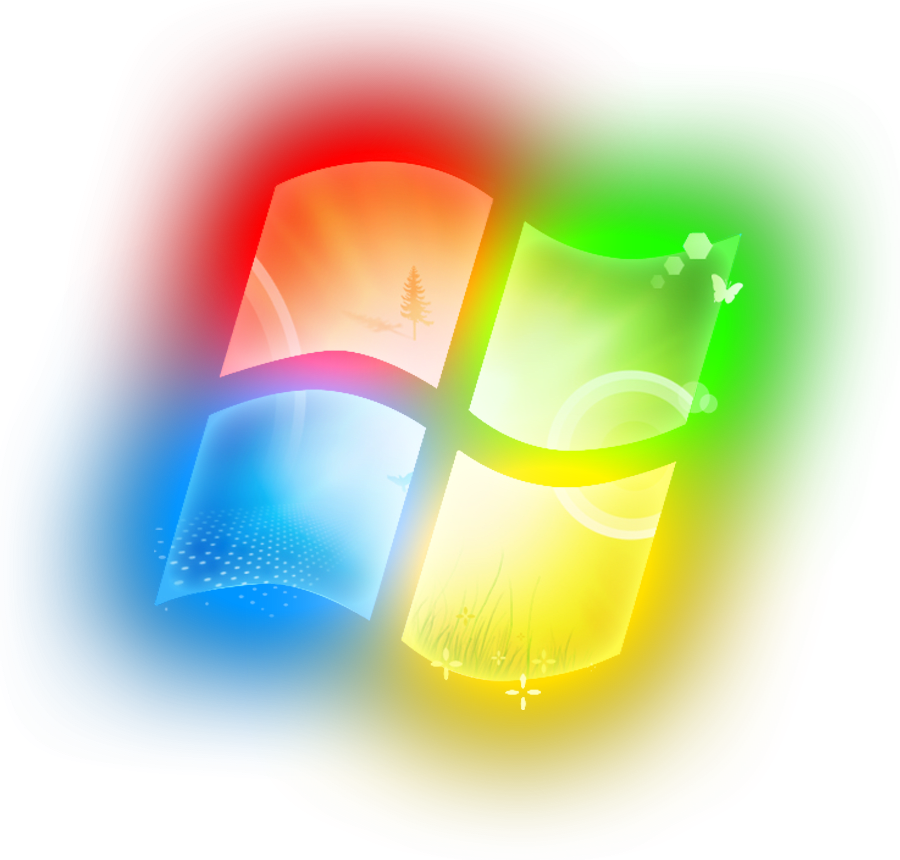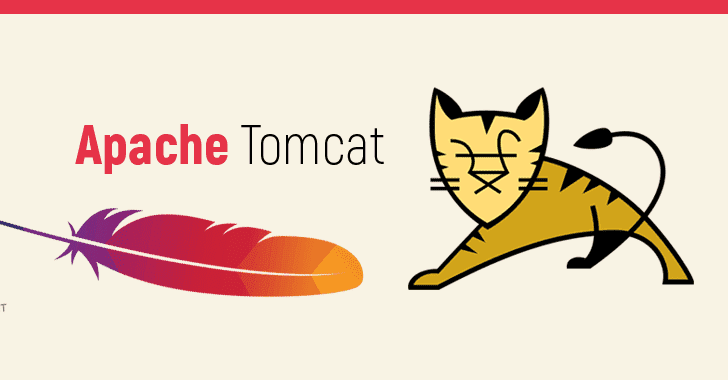Tag: Windows
Installing Microsoft Powershell on Ubuntu 18.04
If you are a Windows administrator who has recently been tasked with administering a Linux-based Ubuntu server, you may find that utilizing Microsoft Powershell may help ease the transition into Linux, and allow you to be more productive. If you are a Linux administrator who is interested in exploring the options that Powershell provides, then this tutorial is for you as well.
What are Windows Roles?

Windows roles provide a method to define the utilization types a server has available. These roles are necessary to properly utilize a server for the desired use cases, whether it is to be simply a file server, a print server, or a web server. Typically to act in a specific type of role, a server may require additional features that need to be installed in order to best perform that role. The number of roles available on a Windows Server has grown to the point where the Microsoft Windows' help pages have gone from reporting what limited roles are deployable, to listing only non-incorporated roles.
How to Access Your Windows Server Using Remote Desktop
In this article, we explain how to use Remote Desktop software to access your Windows server’s desktop from anywhere in the world. On a normal Windows computer, you have a keyboard, monitor, and mouse that allow you to interact with the machine. For Windows VPS servers hosted on the Internet, things are a bit different because your server could physically be thousands of miles away. To access the desktop of an Internet-hosted server, Microsoft has created a feature known as Remote Desktop.
Finding Resource Usage Details in MSSQL
When running MSSQL or Microsoft SQL Server, we need to determine whether it is optimized or will it need more resources to achieve better performance. This article reviews what behaviors to look for, where to find them, and how to view signs of distress.
Installing Tomcat 9 on Windows

What is Tomcat?
Apache Tomcat installs several Java Enterprise Edition specs including Java Servlet, JavaServer Pages, Java EL, and WebSocket. It provides for a "pure Java" HTTP web server environment in which Java code can run.
Tomcat 9 is the latest version of Apache’s Tomcat service and can easily be installed on Windows to serve as a convenient way to run Java.
There are many features and tools that Tomcat 9 has to offer that can make the deployment of web pages more manageable, including the use of JavaServer Pages.
How to Revert a Windows Update
Windows periodically checks for the latest updates and security features for your devices. Automatic updates are implemented with the intention of running your device smoothly and securely. With top security in mind, most Liquid Web servers are set to automatically install these updates thus saving you the task of remembering to implement critical updates or patches.
As administrators for many of our VPS servers and Dedicated servers, we may find ourselves needing to do certain things while on the go. We may also not have a laptop or PC within reach. But one thing most of us have at all times is a cell phone. Whether we have an Android or an iPhone, most of us do possess a smartphone. One thing great about these smartphones is their constant connection to the Internet. Having that constant connection makes it simple to use various apps that assist with admin tasks through our smartphones. Here is a list of five applications available both on iPhone and Android. If you are interested in checking them out, click on your phone’s type next to the application name. You can also search for these applications by name in your smartphone’s app store.
How to Improve IIS Security
When investigating site infections or defacing on a Windows VPS Server, the most common root cause is poor file security or poor configuration choices when it comes to how IIS should access file content. The easiest way to prevent this is to start with a secure site.
How to Check Server Load on a Windows Server
What Does Server Load Mean?
Checking a server’s load allows us to evaluate server resources and confirm they are sufficient for any running application. It enables us to troubleshoot slow performance and reliably pinpoint any server resource that may need attention.
Troubleshooting: Locked Out of RDP
How Do I Get Back Into RDP?
You may be working from a local machine that has an IP that is not scoped on that RDP port, making it impossible for you to gain remote access to add the IP address to the RDP rule’s scope. Do not fret; there is a simple and quick way to add your IP to the RDP scoping (or any other entities such as MySQL or MSSQL) right through your Plesk interface in your local browser. You can watch this video, or scroll down for step-by-step directions.
Our Sales and Support teams are available 24 hours by phone or e-mail to assist.

